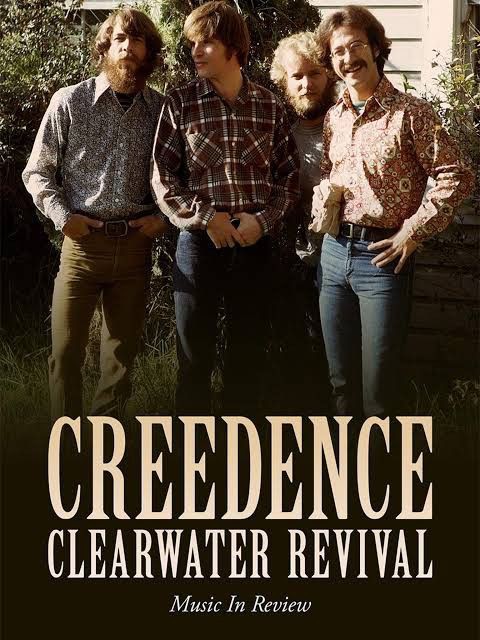The world of music is filled with stories of triumph, failure, and everything in between. However, every once in a while, a band or artist emerges with a story so remarkable that it seems too good to be true. The Netflix documentary The Untold Story of CCR – A Bold, No-Holds-Barred Journey to a Future Superstar is one such tale. Chronicling the meteoric rise of the band Creedence Clearwater Revival (CCR), this documentary takes viewers deep into the highs and lows of one of rock and roll’s most influential bands.
The Genesis of CCR: Beginnings and Breakthroughs
Creedence Clearwater Revival was formed in the late 1950s in El Cerrito, California, by John Fogerty and his brother Tom, along with friends Stu Cook and Doug Clifford. Initially known as The Blue Velvets, the group initially struggled to break into the music scene. The documentary opens with rare footage and never-before-heard interviews that dive into their early struggles as an unsigned band trying to make a name for themselves.
What made CCR unique in its early days was the blending of different genres: rock, country, blues, and a bit of swamp rock. John Fogerty’s signature voice and guitar work made CCR’s sound stand out among their peers. As the band transitioned from local gigs to national recognition, they began to form a distinctive sound that would set them apart from the likes of The Beatles, The Rolling Stones, and other contemporaries in the late 1960s.
The documentary takes a no-holds-barred approach in revealing the struggles the band faced, particularly their ongoing battles with the music industry, which at the time was both challenging and often exploitative. It’s an important reflection on how the music business sought to dictate terms, often creating tensions and leaving artists like CCR feeling like they had to fight tooth and nail for creative control.
The Rise to Fame: Iconic Tracks and Cultural Impact
CCR’s rise to stardom was fast and furious. With the release of Creedence Clearwater Revival (1968), the band quickly gained recognition, but it wasn’t until Bayou Country (1969) that they would solidify their place in the pantheon of rock giants. The documentary does an excellent job of covering the band’s subsequent success, diving deep into their hit songs, such as “Proud Mary,” “Bad Moon Rising,” and “Born on the Bayou.”
These tracks resonated not only because of their infectious rhythms and catchy hooks, but also due to the socially conscious messages they carried. Fogerty’s lyrics painted a picture of a troubled America, capturing the essence of the working class and the growing tension in society during the turbulent late 1960s. The documentary provides insight into how the band’s political commentary and storytelling connected with the American public during a time of significant upheaval.
Furthermore, CCR’s music resonated far beyond American borders. In fact, their success overseas helped elevate them to an international level. Their blend of swamp rock and catchy, blues-infused melodies created a sound that was universally understood, even without lyrics. Their music spoke to emotions, struggles, and universal themes of resilience, making them one of the defining bands of the 60s and 70s.
While the documentary showcases the band’s musical prowess, it also takes a deep dive into the impact they had on pop culture, from influencing other artists to shaping the direction of American rock and roll in the years to come. Their presence in films, commercials, and television shows only cemented their status as one of the most influential bands in the history of American music.
Internal Tensions and Struggles: The Fallout
Despite the immense success, the documentary takes an unflinching look at the personal and professional conflicts that started to tear the band apart in the early 1970s. The internal tensions, primarily between John and Tom Fogerty, began to simmer as the band’s creative differences came to the forefront. John Fogerty, always the driving force behind CCR’s sound, grew frustrated with Tom’s growing reluctance to follow his vision. As the band members became more disillusioned with each other, their personal relationships started to unravel, leading to the band’s eventual split.
The documentary doesn’t shy away from detailing these struggles. Interviews with surviving members and industry insiders highlight how the band’s inner turmoil led to their downfall. John Fogerty’s growing control over the band’s musical direction, compounded by mounting stress and exhaustion, eventually led to the creation of Mardi Gras (1972), the band’s final studio album. This record, which marked a departure from their usual style, was met with lukewarm reception and added more fuel to the fire of internal strife.

